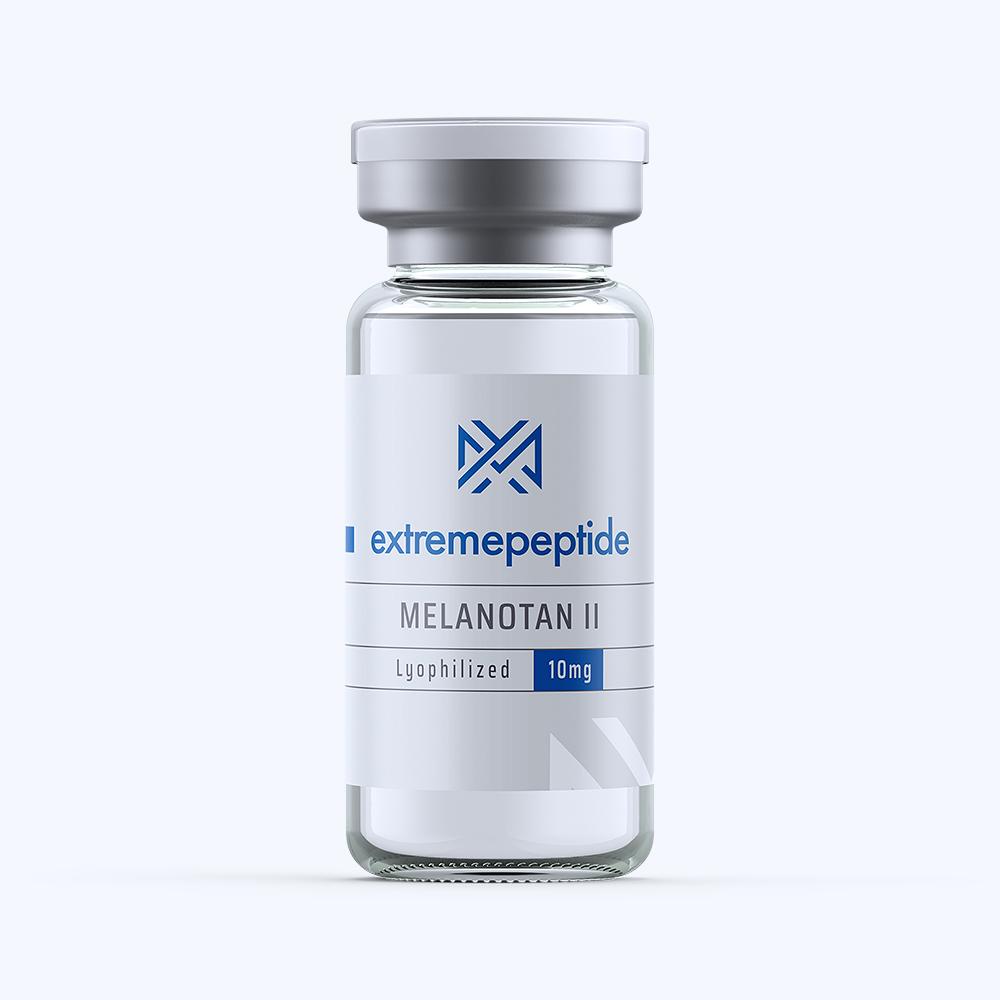(Click here to read our disclaimer)

Ongoing trials of melanotan II are attempting to discover a way to activate natural melanin in an animal to protect the skin from UV rays that can cause skin cancer by stimulating the natural hormones that cause tanned skin. While research has developed a version of this chemical that is more stable, the trials have not revealed a version of this chemical that has been determined safe for use.
Effects on Sexual Behaviors in Female Rats
The effects of melanotan II were examined to determine their ability to stimulate hormones associated with female sexual behavior on the consummatory and appetitive aspects of the behavior in female rats.
Perceptive behaviors such as ear wiggling, hops and darts, pacing and solicitations, as well as receptive behaviors including lordosis, were measured to determine the effectiveness of the chemical.
One group of female rats was given a subcutaneous primer of estradiol benzonate and progesterone. Another group was primed with EB and oil.
Pacing tests were performed in the company of experienced male rats with uni-level chambers. They were bisected by Plexiglas dividers that had three holes where the female could pass.
Females were primed with EB and oil or melanotan II in three administrations and all sexual behaviors after the administration were measured.
The findings of this study indicate that progesterone can interact with melanotan II to increase sexual behaviors. The behaviors of the rats could indicate solicitations, suggesting that the melanocortin receptors can affect female animals with hypoactive sexual desire.
Reductions of Melanocortin 3 and 4 Receptor Expressions
This experiment hopes to track the effects of chronic activation of central melanocortin with melanotan II in obese rats fed a high fat chow diet.
The rats were given six infusions of melanotan II a day which was found to reduce the visceral adiposity and body weight of the animals compared to those that had a suppressed caloric intake.
The reaction to melanotan II was found to be similar to those exposed to CH or DIO. The rats exposed to melanotan II saw a sustained increase in oxygen consumption similar to that of DIO, but those exposed to CH saw a delayed response.
The melanotan II groups saw a reduction in their cholesterol levels compared to those in the control group.
Results also showed that the melanotan II group saw an increase in catabolism of fat and muscle content. The DIO rats saw an improvement in cholesterol metabolism or glucose rates compared to the other groups.
Ongoing trials are being conducted to better determine a concentration of melanotan II that is safe for use in animal studies without the high risk of hazardous effects.
You can buy peptides and research chemicals in our store, we also have further research on Clomiphene Citrate that may interest you as well.
Sources:
http://www.sciencedirect.com/science/article/pii/S009130570600325X
http://joe.endocrinology-journals.org/content/182/1/123.short
http://strongpeptide.com/blog/melanotan-2
Click here to view the homepage of our store
Click here to view our entire PDF research library
Click here to view or download this article in PDF format


